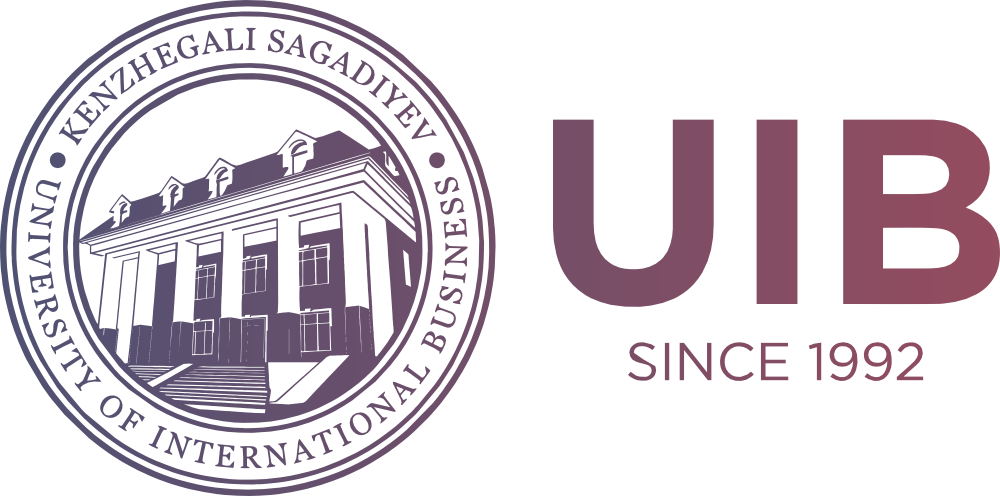Assessment of Trends in the Development of Regional Differences in Kazakhstan
DOI:
https://doi.org/10.47703/ejebs.v3i67.284Keywords:
Economy, Economic Indicators, Social Indicators, Region, Regional Development, Rating, Cities, KazakhstanAbstract
The aim of the current study is to assess regional differences in urban development in Kazakhstan using ten indicators classified by financial and economic health, business development, and standard of living. The data from 2018 to 2022 was analyzed, and a rating system was used to evaluate the regions. The data was collected from open sources. A literature review was conducted to determine the leading ten indicators. The research methodology used a rating system to identify leader regions and lag over the past five years. Ten points evaluated each indicator; as a result of all calculations, the maximum score could reach 100 points. The best five-year result was 63.1 in Astana city, 60.8 in Almaty city and 59.6 in Atyrau region. The lowest indicator is in the North Kazakhstan region - 23.7 points, followed by the Kyzylorda region (24.4) and Pavlodar region (25.3). Almaty and Astana cities excel in financial contributions, while other regions receive significant funds based on various factors such as natural resources. The analysis reveals low entrepreneurship development but an increasing number of SMEs. Population growth is observed in the cities of Astana and Almaty, while regional disparities in wages and poverty levels persist. Atyrau region is an industrial region with a low retail rate. The study's results can be used to implement regional development programs.
Downloads
How to Cite
Downloads
Published
Issue
Section
License

This work is licensed under a Creative Commons Attribution 4.0 International License.
Authors retain copyright and grant the journal right of first publication with the work simultaneously licensed under a Creative Commons Attribution (CC-BY) 4.0 License that allows others to share the work with an acknowledgment of the work’s authorship and initial publication in this journal.


